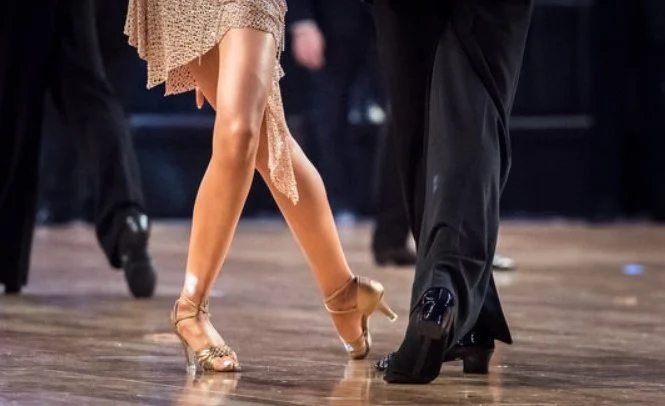
Top 10 Ballroom Dance Moves for Beginners
Ballroom dancing is an exciting and elegant way to express yourself, and it’s a fantastic form of exercise that can improve your coordination and posture. If you're just starting out, learning the basic ballroom dance moves is essential to building a solid foundation. In this article, we'll explore the top 10 ballroom dance moves for beginners, from the waltz to the cha-cha, and provide tips for mastering them. Whether you’re preparing for a dance competition or simply want to enjoy a fun night out, these moves will help you get started. For top-quality dance lessons and dancewear, be sure to check out American Dance Academy for expert guidance and products that will help you along your dancing journey.
- 1. Why Ballroom Dancing?
- 2. Top 10 Ballroom Dance Moves for Beginners
- 3. Tips for Mastering Ballroom Dance Moves
- 4. Common Challenges in Ballroom Dance and How to Overcome Them
1. Why Ballroom Dancing?
Ballroom dancing isn’t just about the moves—it's about the connection with your partner, the rhythm of the music, and the joy of movement. It’s a great way to improve both physical and mental health. Ballroom dance offers numerous benefits, including:
Physical Fitness
Ballroom dancing is an excellent form of cardio that can help improve your cardiovascular health, muscle strength, and flexibility. The dynamic movements engage multiple muscle groups, helping you burn calories while having fun.
Mental Health Benefits
Learning and mastering dance moves can be a mentally stimulating activity that improves focus and memory. It also helps reduce stress and anxiety, providing a fun and social way to relax and unwind.
Social Connection
Ballroom dance is a social activity that can help you meet new people and connect with others. Whether you're dancing with a partner or in a group, it's a wonderful way to build relationships and share an enjoyable experience.
2. Top 10 Ballroom Dance Moves for Beginners
If you’re just getting started with ballroom dancing, here are the top 10 essential moves to master. These moves form the foundation for most ballroom dances and will help you build your confidence on the dance floor.
1. The Box Step (Waltz)
The box step is one of the first steps you’ll learn as a beginner. It's the foundation of the waltz and many other ballroom dances. It’s called the "box" because the movement creates a square shape as you step forward, side, together, and then backward, side, together. This step is essential for understanding the flow and timing of ballroom dancing.
2. The Basic Cha-Cha Step (Cha-Cha)
The cha-cha is a lively and rhythmic dance that features a basic step called the "cha-cha-cha." This involves stepping forward, side, and together, then back, side, and together, with a quick triple step in between. Learning this basic move is crucial for building confidence in the cha-cha, which is often danced to upbeat music.
3. The Slow Step (Tango)
In tango, the slow step is one of the most essential moves, allowing dancers to move with precision and grace. The slow step requires a deliberate, grounded movement, typically with a strong emphasis on the foot placement. Once you have mastered this step, you can begin incorporating the tango's characteristic dramatic pauses and quick turns.
4. The Basic Rumba Step (Rumba)
The rumba is known for its smooth, sensual movements. The basic rumba step involves a slow-quick-quick rhythm, where you step forward and back in a box pattern while emphasizing hip movement. Mastering the rhythm and body flow in rumba will help you dance smoothly and confidently to slower, romantic music.
5. The Side Step (Salsa)
Salsa is a fun and energetic dance, and the side step is an important basic move. To perform the side step, you step to the side, bringing the other foot together, and repeat the motion. Salsa dancing is all about rhythm and body movement, so once you get the side step down, you'll be well on your way to more complex salsa combinations.
6. The Promenade (Foxtrot)
The promenade is a basic step used in the foxtrot, where the lead and follower both move in the same direction side by side. This smooth, gliding step requires excellent posture and coordination. It’s a versatile move that can be adapted to other ballroom dances as well.
7. The Swing Step (Swing Dance)
The swing step, often used in dances like the Lindy Hop, is a bouncy, energetic move that requires timing and rhythm. The basic swing step involves quick, light steps followed by a rock step, and it’s great for dancing to fast-paced, upbeat music.
8. The Heel Turn (Waltz, Tango)
The heel turn is used in both the waltz and tango. It's a simple move that involves pivoting on the ball of your foot while turning your body. This move will allow you to change direction and add an elegant flair to your dancing.
9. The Back Spot Turn (Cha-Cha, Rumba)
The back spot turn is a common turn used in both the cha-cha and rumba. It involves turning your body around while maintaining balance, with one foot placed behind you for support. Learning this move will help you add spin and movement to your dance style.
10. The Left Box Turn (Waltz)
The left box turn is a variation of the basic box step used in the waltz. By stepping in a box pattern while turning to the left, you can create fluid, circular motion that enhances the elegance and flow of your waltz routine.
3. Tips for Mastering Ballroom Dance Moves
Mastering ballroom dance moves takes practice, patience, and consistency. Here are some tips to help you improve your technique and get the most out of your dance lessons:
Practice Regularly
The more you practice, the better you’ll get. Set aside time each week to practice your moves, either alone or with a partner. The key to mastering any ballroom move is repetition and consistency.
Focus on Timing
Ballroom dancing is all about rhythm and timing. Make sure you’re practicing with music that matches the tempo of the dance, and focus on getting the beats right. Being in sync with the music will make your movements look smoother and more natural.
Take Dance Lessons
If you're serious about learning ballroom dance, consider taking lessons from an experienced instructor. A professional can give you personalized feedback and help you improve your technique much faster.
4. Common Challenges in Ballroom Dance and How to Overcome Them
Ballroom dancing can be challenging, especially for beginners. Here are some common obstacles you may face and how to overcome them:
Balance Issues
Many beginners struggle with balance, especially during turns or complex moves. To improve your balance, practice standing tall with good posture and engage your core muscles. With time, you’ll find it easier to maintain your balance as you move across the floor.
Coordination
Coordination can be tricky when you’re learning multiple steps at once. Try breaking down the steps and practicing them individually before putting them together. Working on your footwork in front of a mirror can also help improve your coordination.
With these tips and a little bit of practice, you'll be able to master the top ballroom dance moves for beginners and enjoy the rhythm of dancing. For more expert advice, dance lessons, and gear recommendations, check out American Dance Academy for everything you need to become a ballroom dance pro.
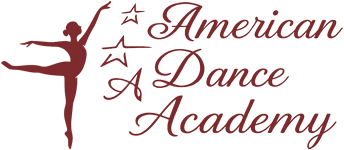

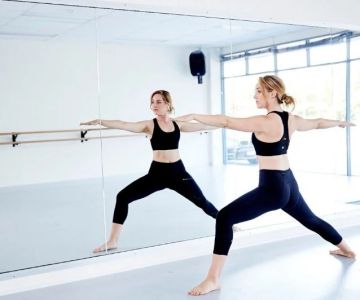
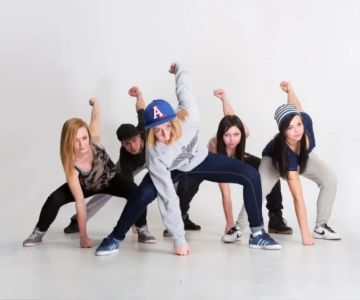


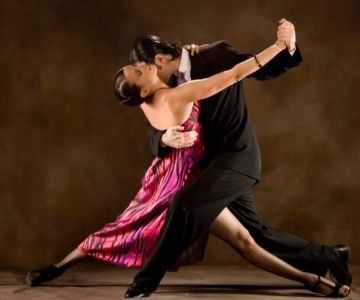
 Dedrick's Dance District4.0 (9 reviews)
Dedrick's Dance District4.0 (9 reviews) FootWorks Studio of Dance5.0 (6 reviews)
FootWorks Studio of Dance5.0 (6 reviews) Stage5.0 (7 reviews)
Stage5.0 (7 reviews) Rhythmic Gymnastics of Indiana5.0 (9 reviews)
Rhythmic Gymnastics of Indiana5.0 (9 reviews) Movement Arts Studio of Dance5.0 (28 reviews)
Movement Arts Studio of Dance5.0 (28 reviews) Kick It Up Dance Studio4.0 (60 reviews)
Kick It Up Dance Studio4.0 (60 reviews) Swing Dance Near Me in the USA: Step by Step Guide to Getting Started
Swing Dance Near Me in the USA: Step by Step Guide to Getting Started Are School Dances Overrated? Exploring the Pros and Cons
Are School Dances Overrated? Exploring the Pros and Cons Why K-Pop Dance Is Popular and How You Can Learn It
Why K-Pop Dance Is Popular and How You Can Learn It How to Master Belly Dance for Beginners
How to Master Belly Dance for Beginners Foxtrot for Adults: Tips from Experts
Foxtrot for Adults: Tips from Experts Why Did Schools Teach Square Dancing? Cultural Roots and Educational Impact
Why Did Schools Teach Square Dancing? Cultural Roots and Educational Impact